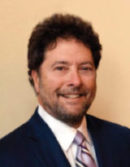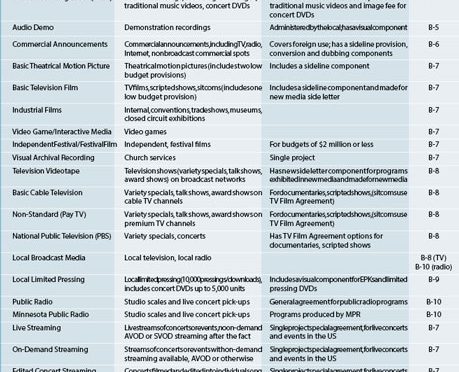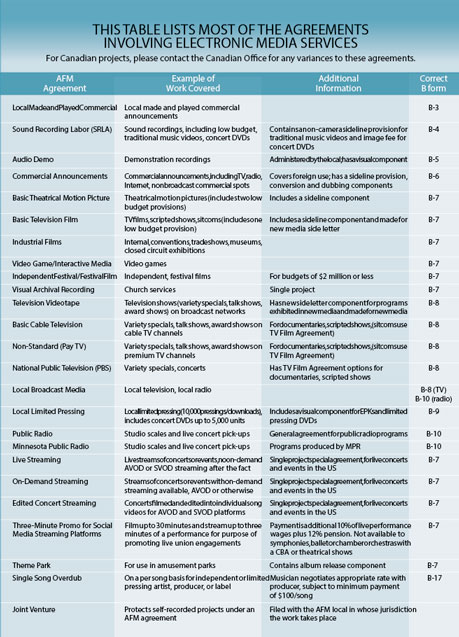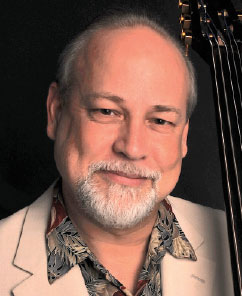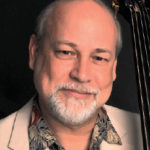I am pleased to report that the Federation has reached an agreement with representatives of public television employers including the Public Broadcasting Service (PBS), WGBH, WETA, WTTW, Austin City Limits, Sesame Workshop, and Thirteen Productions (formerly Educational Broadcasting Corporation) for a successor National Public Television Agreement. This new agreement will be effective upon ratification and will extend for three years from the date of ratification.
Our recent resolution of the commercial network television agreements formed much of the background for the negotiation of the National Public Television Agreement, which expired in 2019, just prior to the onset of the coronavirus pandemic. We insisted that the producers follow the progressive patterns achieved in the commercial agreements and in agreements concluded by other unions so that musicians would see similar gains in any new agreement.
We concluded a forward-looking three-year deal that includes an immediate 4% wage increase, an additional 3% wage increase in the second year, another 3% wage increase in the third year, increased Health & Welfare contributions, improved provisions governing new media, and a 4% increase in clip use payments.
Specific improvements upon ratification include a per-day Health & Welfare contribution increase from $25 to $30 (a 20% increase) with a maximum weekly contribution increase from $125 to $150. In the second year, the per-day Health & Welfare contribution will increase from $30 to $35 (a 16.7% increase) with a maximum weekly contribution increase from $150 to $175. Additionally, in the third year of the agreement, the contribution per-day shall be the higher of either $35 or the then-current per-day rate prescribed in the AFM Television Videotape Agreement.
In recent years, new media platforms created battleground issues in collective bargaining for commercial television agreements not only for the Federation but for the other guilds as well. In this agreement, the public television employers were brought into alignment with guilds representing writers, directors, and actors. This applies to both programs made for traditional television broadcast and then exhibited on new media platforms as well as for programs that are produced for initial exhibition on new media (web-based internet platforms).
This agreement will, for the first time, eliminate a signatory public television employer’s option to avoid covering material produced for initial exhibition in new media, subject to certain programming exclusions. And it will require producers to share with musicians the revenue they receive from certain forms of new media exploitations. The producers will be required to share the covered exploitation revenues with musicians at the same rates as commercial television producers under the AFM’s TV Videotape Agreement (1% of distributor’s gross when consumers pay for subscription or per-program views).
The Federation now has the same made-for-new-media terms and coverage with public television that the other guilds have negotiated in their public television agreements. In future bargaining, new media issues will continue to occupy the attention of all the guilds as well as the Federation.
Public Television producers agreed to increase their contributions for paid permanent downloads (“download to own” or “electronic sell through”) to the percentages achieved in commercial television, from 1% to 1.5% of 20% of “distributor’s gross” for the first 100,000 units, and from 1.9% to 2.9% of 20% thereafter.
Although these rates are the same as the new commercial television rates, we believe that the payment provisions in this agreement are more favorable because they place the payroll costs of these exploitation payments (such as the employer’s share of social security contributions) squarely on the employers, instead of deducting them from the exploitation payments themselves.
Producers also agreed to the same provisions that are applicable to commercial television for exhibition of covered programs on secondary digital channels “diginet” by paying an aggregate sum equal to 2% of “distributor’s gross” to the American Federation of Musicians and Employers’ Pension Fund (AFM-EPF).
In return for the gains described above, the public television employers demanded unacceptable expansions of their rights—including the ability to obtain fifth and sixth national broadcast releases upon payment of 25% of scale (currently 100%). They wanted us to permit reuse and/or simulcast of programs into radio under a distributers’ gross sharing scheme, which would have resulted in little or no payment, and they wanted to reduce subsequent program broadcast cycle payment percentages (currently 100% of scale) to 50% and lower. To these demands, we maintained a firm and unwavering reply of “no.”
This successor National Public Television Agreement brings public television employers into a collective bargaining agreement with progressive terms that establish a firm basis for future negotiations. Moreover, its terms align with those that exist in the broader television industries and that have been agreed to by all the relevant guilds.
I offer my heartfelt thanks to the negotiating committee and staff who worked hard and with great dedication to obtain favorable results. That negotiating committee consisted of Local 802 (New York City) President Tino Gagliardi; Local 47 (Los Angeles, CA) President Stephanie O’Keefe and Vice President Marc Sazer; AFM Executive Officer and Local 257 (Nashville, TN) President Dave Pomeroy; AFM Executive Officer and Local 10-208 (Chicago, IL) President Terryl Jares; Electronic Media Representative Dean Rolando; Local 149 (Toronto, ON) Vice President Rea Beaumont; Local 9-535 (Boston, MA) President Pat Hollenbeck; AFM Executive Officer and Local 161-710 (Washington, DC) President Ed Malaga; Local 77 (Philadelphia, PA) President Ellen Trainer; Local 433 (Austin, TX) President Aaron Lack and Secretary-Treasurer Nicole Bogatz; AFM International Vice President and Local 99 (Portland, OR) President Bruce Fife; AFM Vice President from Canada Alan Willaert; AFM Secretary-Treasurer Jay Blumenthal; AFM Electronic Media Services Division Director Patrick Varriale and Assistant Director John Painting; AFM Director of Symphonic Electronic Media Deborah Newmark; and AFM In-house Counsel Jennifer Garner.


